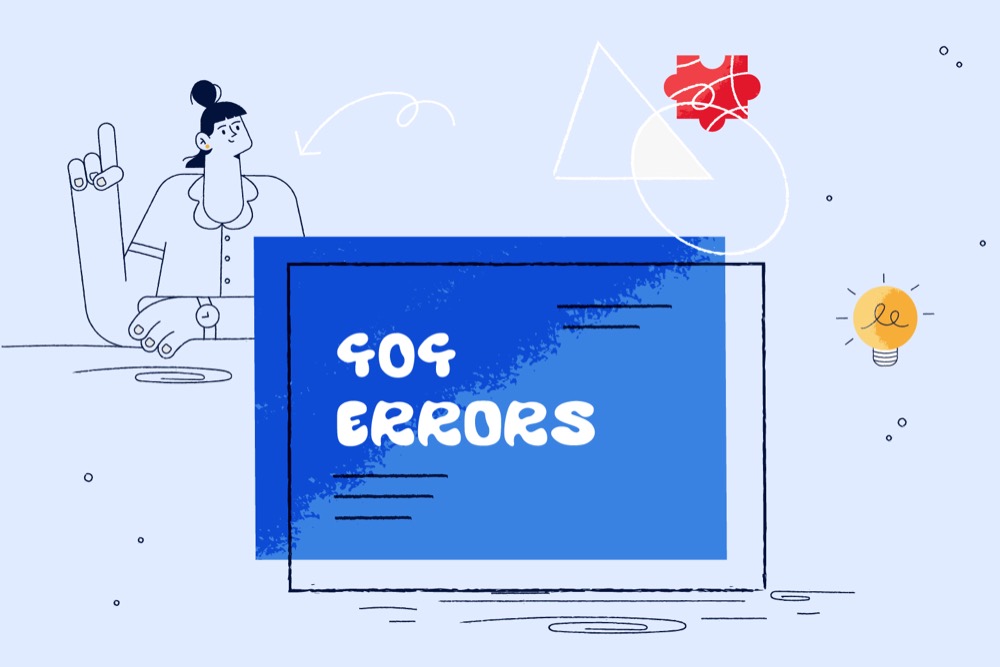Are they bad for SEO?
404 errors aren’t inherently bad for SEO. They’re a normal part of the web, indicating that a page doesn’t exist. While excessive 404s can impact user experience, having some 404s for pages which you no longer need shouldn’t harm your search rankings. If the page is important, and you expected it to be there, then you can consider the 404 error as a reminder to get it redirected or fixed.

Introduction
We often get asked by clients if they need to worry about 404 errors and if they should always set up redirects for them. The answer is, “It depends.” While 404 errors might seem like a big deal, they’re not always harmful to your site’s SEO. Knowing when to fix 404 errors and when to leave them alone can help keep your website running smoothly.
What are the causes of 404 errors?
404 errors can occur for various reasons:
- Deleted or moved pages: When content is removed or relocated without proper redirects.
- Typing mistakes: Users mistyping URLs in their browser’s address bar.
- Broken links: Internal or external links pointing to non-existent pages.
- Server issues: Temporary problems like server overload or maintenance.
- Search engine indexing errors: Search engines may still have old URLs in their index.
What should you do about 404 errors?
In some cases – redirect
If a page with significant traffic or valuable backlinks has been removed and is now flagging with a 404 error, consider implementing a 301 redirect to a relevant replacement page. This helps preserve SEO value and improves user experience.
Otherwise, ignore it
For most 404 errors, it’s perfectly fine to let them be. As John Mueller from Google stated, “If the page isn’t meant to exist, then having it return 404 is expected.” Don’t waste time trying to fix every single 404 error you encounter.
How to make the most of your 404 page:
While 404 errors aren’t necessarily bad, you can turn them into opportunities:
- Add relevant products or services: Showcase popular items or key offerings.
- Include a search bar: Help users find what they’re looking for quickly.
- Show your brand personality, have some fun: Let your 404 page reflect your company’s unique voice.
- Provide navigation options: Include links to important pages like your homepage, product categories, or blog.
Remember, a well-designed 404 page can transform a potential frustration into a positive user experience, potentially keeping visitors on your site and exploring your content further.
How to keep on top of 404 errors
There are multiple tools out there which will help. A free tool and one that we recommend for any client who cares about SEO is Google Search Console. Within Google Search Console you can view reports which will show you the pages which are returning a 404 error when crawled by GoogleBot.
Conclusion
In simple terms, 404 errors are normal and aren’t automatically bad for your SEO. But it’s not an error that should be blankly ignored. Take steps to decide how to handle one and put procedures in place for when you delete a page or piece of content. By making the most of your 404 pages and keeping an eye on them using tools like Google Search Console, you can avoid any major issues that would result in a large drop of web traffic. Remember, not every 404 error is a problem—just know when to take action.





